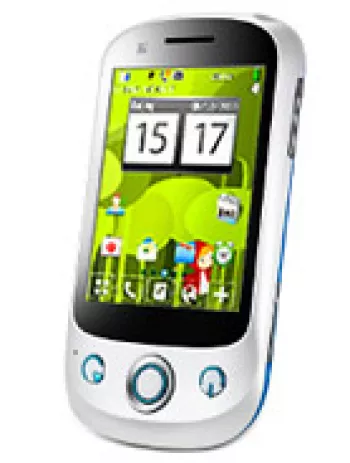
Introduction to Huawei T201
The Huawei T201, announced in 2008, serves as a classic example of basic mobile phones that were prevalent before the smartphone revolution. Despite being discontinued, its simplistic design and utility-focused features remain noteworthy. This article delves into the specifics of its design, network capabilities, multimedia features, and overall performance.
Network and Connectivity
The Huawei T201 was designed to operate on GSM technology, which was standard for many mobile phones during its release period. It supports 2G bands, specifically GSM 850 and GSM 1900, which allowed it to connect to voice and text services. Notably, the T201 does not support GPRS or EDGE, reflecting its purpose as a voice communication device rather than for internet connectivity.
Design and Build
The phone came with a compact design, using Mini-SIM cards typical of the era. The dimensions and weight are not specified, but it was likely designed to be light and pocket-friendly. Available in classic colors such as grey and black, the design leaned into simplicity and functionality over aesthetics or luxury.
Display
The display of the Huawei T201 is a CSTN screen with 65K colors, which was common for feature phones at the time. The size of the screen is 1.5 inches, with a resolution of 128 x 128 pixels and an approximate pixel density of 121 ppi. This might not compare to modern displays, but it provided enough clarity for basic phone functions like making calls and sending texts.
Memory and Storage
The Huawei T201 does not support memory card slots, reflecting its primary use for communication over multimedia storage. The phonebook could store up to 100 entries, and call records accommodated 10 dialed, received, and missed calls each. This limited storage capacity aligned with the phone’s intended use as a straightforward communication device.
Camera and Multimedia
True to its feature phone heritage, the Huawei T201 does not include a camera. Multimedia functions are minimal, with no support for Bluetooth, USB connectivity, or WLAN. However, users could enjoy optional FM radio, providing basic entertainment. The device also included basic sound capabilities with a loudspeaker but lacked a 3.5mm jack for headphones.
Communication Features
For communication, the T201 was equipped to handle SMS messaging. There is no support for browsing the internet or using email, consistent with its design as a practical mobile calling device. The inclusion of basic games offered an element of entertainment.
Battery Life and Performance
The Huawei T201 used a removable Li-Ion battery, a common feature in phones of that era, allowing users to carry spare batteries if needed. Specific battery life information is missing, but feature phones were generally known for their long battery life compared to smartphones. The absence of power-intensive apps and a basic CSTN screen contributed to prolonged usage on a single charge.
Operating System and Interface
Operating on a basic feature phone system, the interface of the Huawei T201 was straightforward, focusing on ease of use. Unlike modern phones that support a wide range of multimedia and productivity apps, the T201’s operating system was engineered for efficient communication, with an emphasis on voice calls and SMS.
Conclusion
In summary, the Huawei T201 stands as a representation of mobile technology before smartphones significantly changed user expectations and capabilities. Its focus on essential communication tools, without the distractions of multimedia features, makes it a nostalgic reminder of simpler times in mobile technology. Although it has been discontinued, its legacy remains among mobile phone enthusiasts who appreciate the functionality and simplicity of early mobile devices.
Main Features of Huawei T201
- Compact CSTN display with 65K colors
- Lightweight design with Mini-SIM support
- FM radio available (optional)
- Supports basic telephony with 100 phonebook entries
- SMS messaging capability
- Includes basic games for entertainment
- Removable Li-Ion battery for easy replacement
- Available in Grey and Black colors
Drawbacks of Huawei T201
- Limited network technology: Only supports GSM 2G bands with no GPRS or EDGE support.
- No expandable storage: Lacks a card slot for additional memory.
- Limited phonebook capacity: Only supports 100 entries.
- No camera: Does not include any camera features.
- No Bluetooth or WLAN: Lacks wireless connectivity options.
- No USB connectivity: Cannot connect to other devices via USB.
- No internet browser support: Cannot access the web.
- Basic display: Small 1.5-inch CSTN display with low resolution.
- No 3.5mm headphone jack: Limited audio connection options.
- Discontinued model: Introduced in 2008 and is no longer available.

View Also
More Phones
All Rights Reserved +14268 Phones © Mobilawy 2025

























